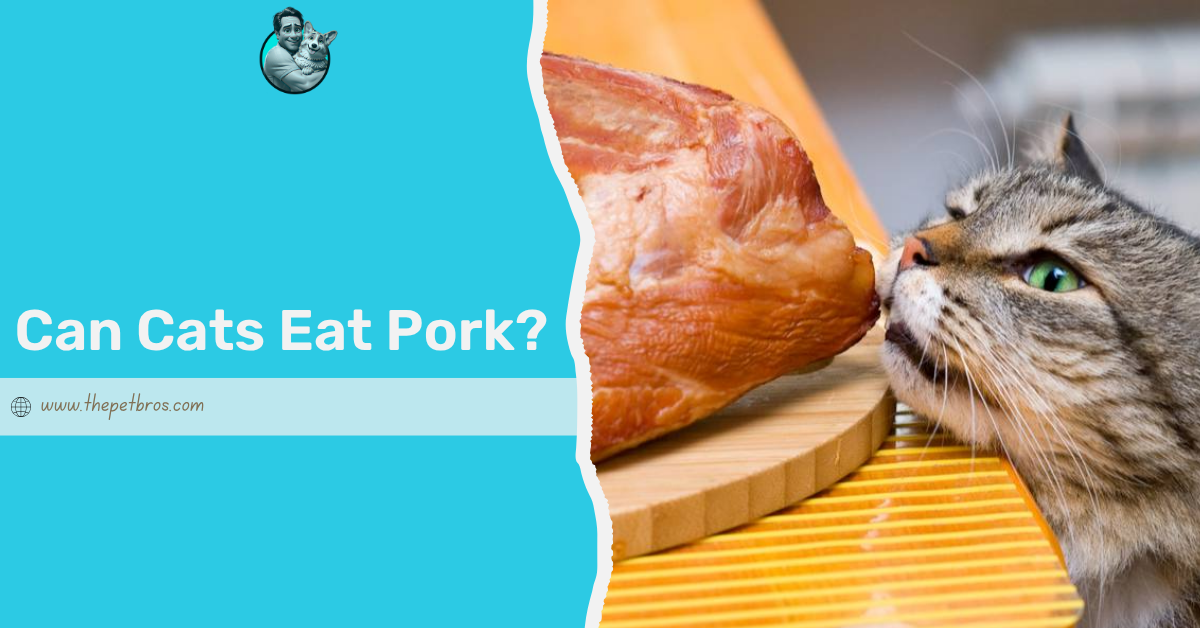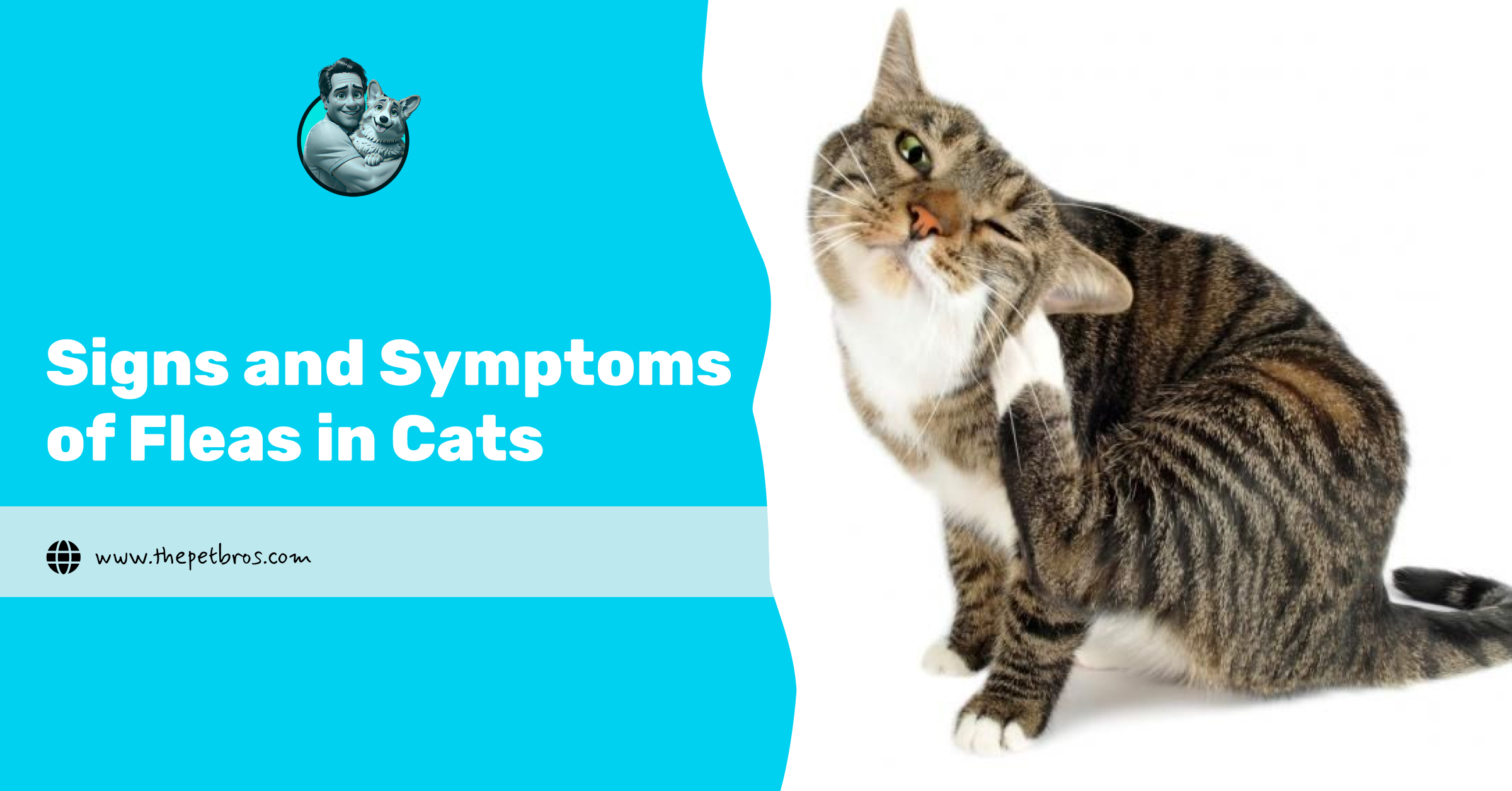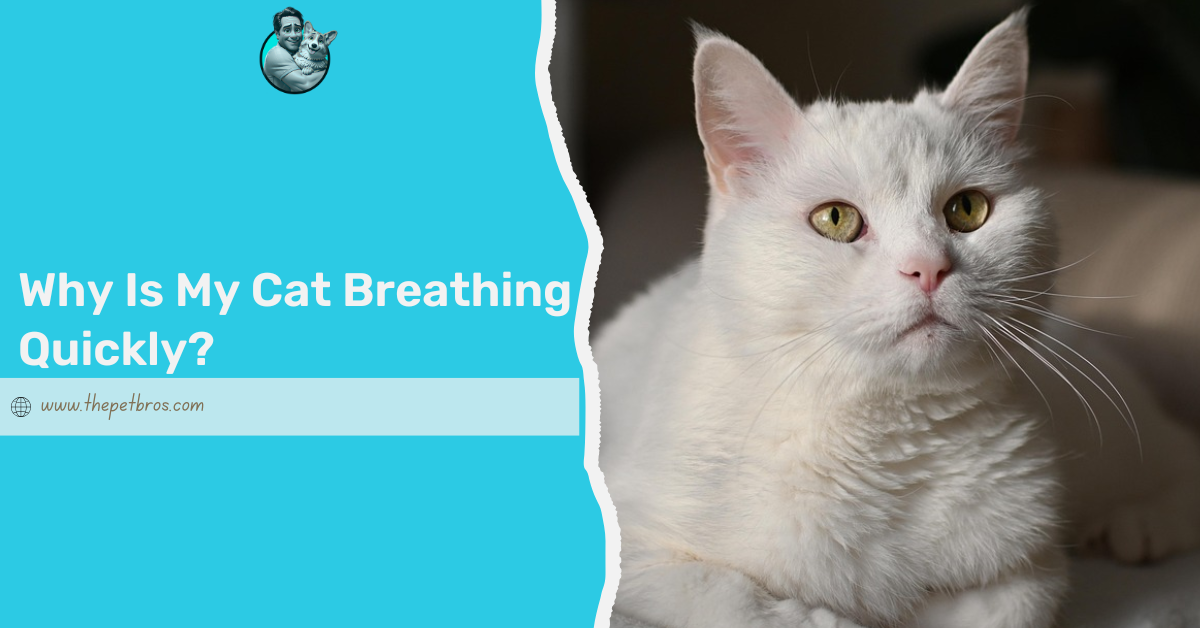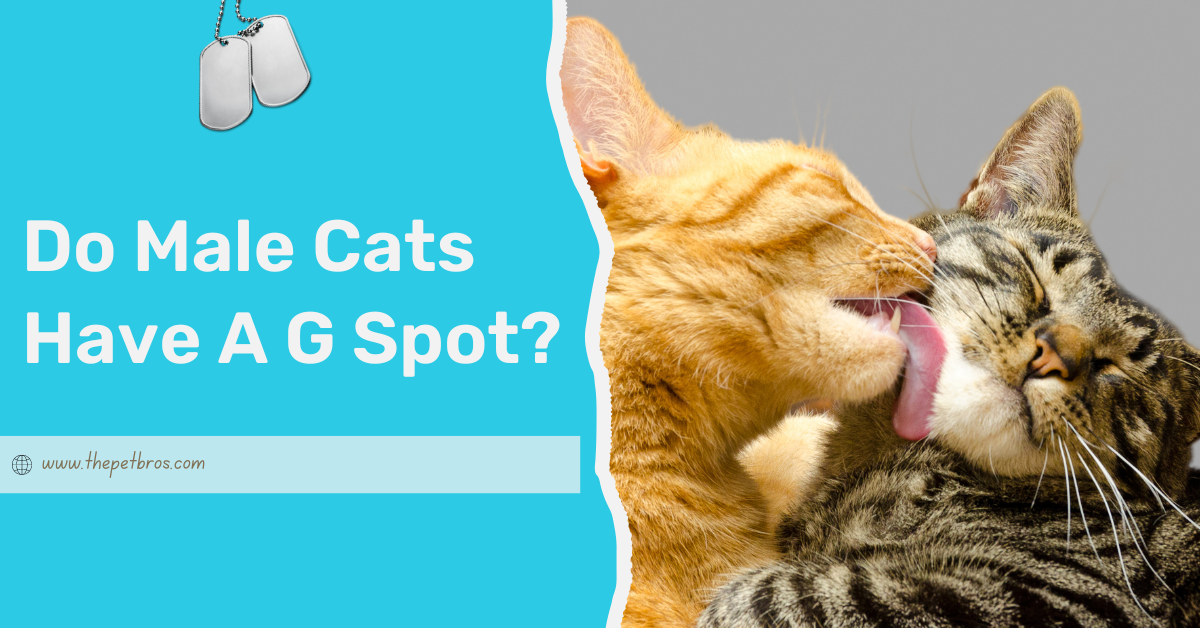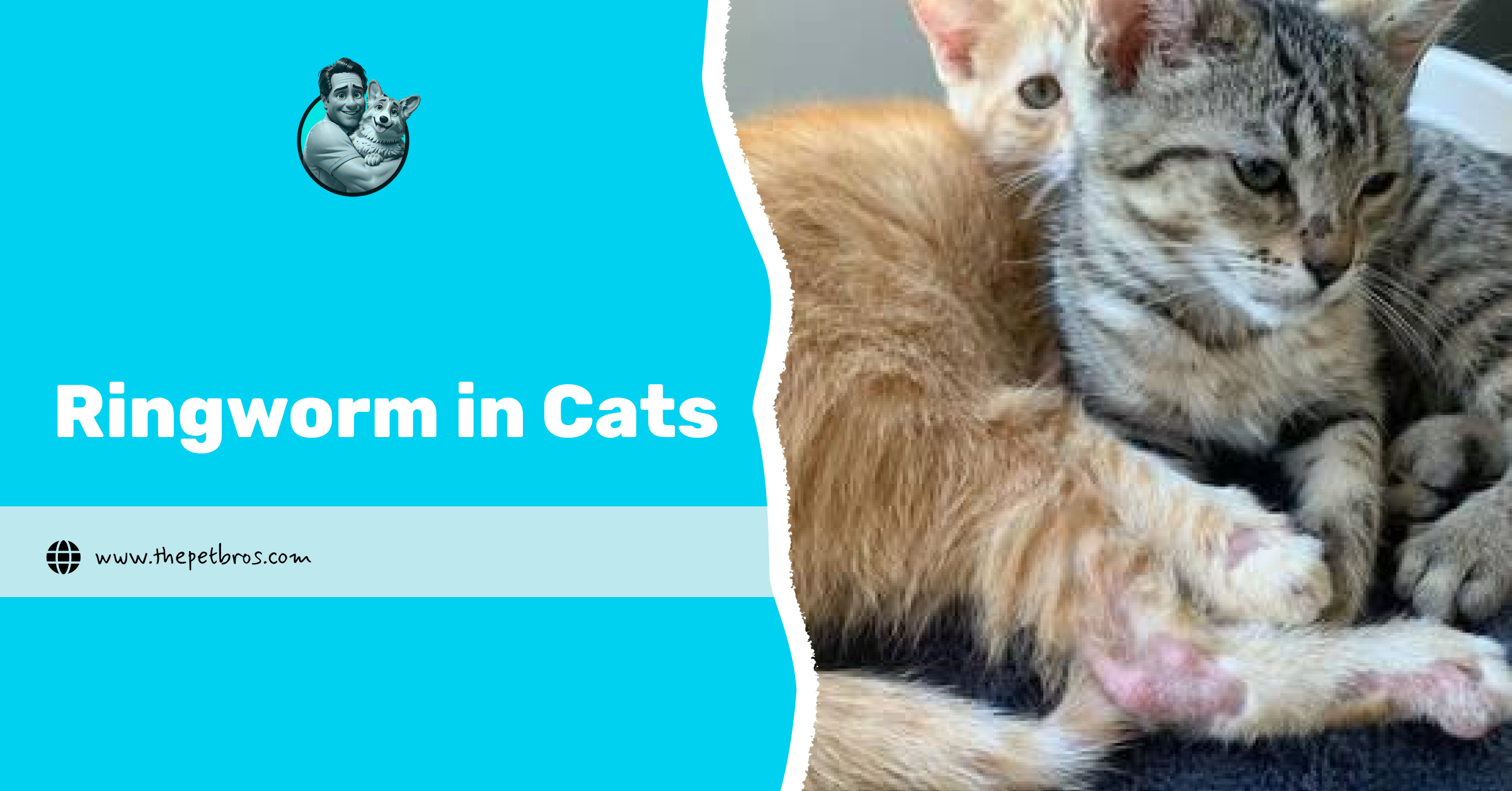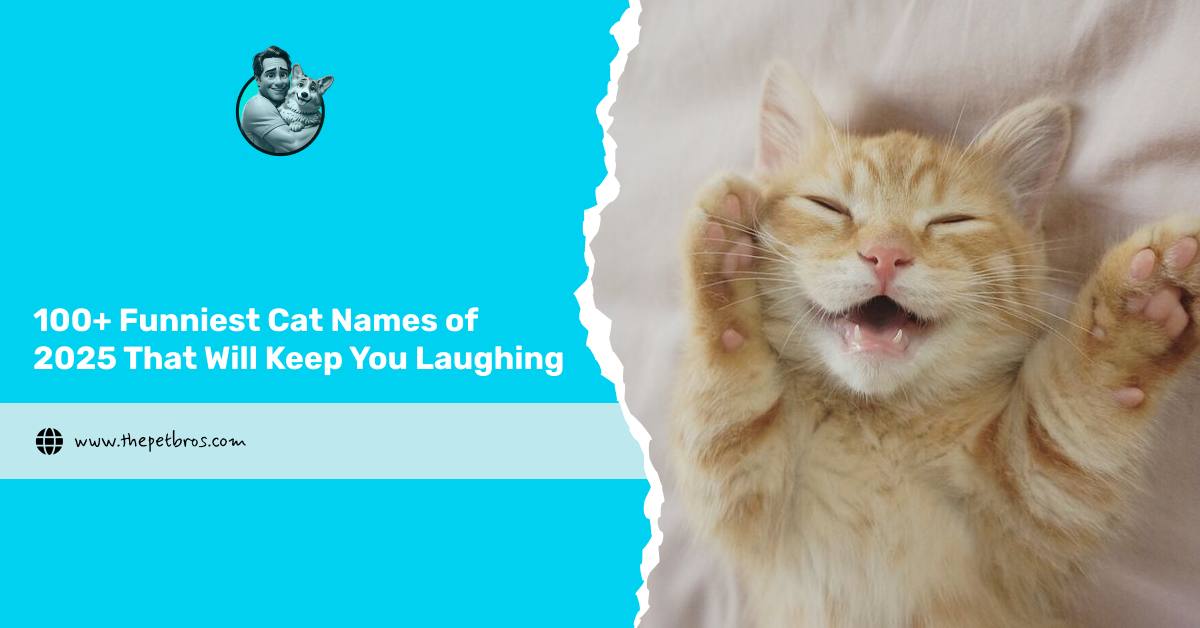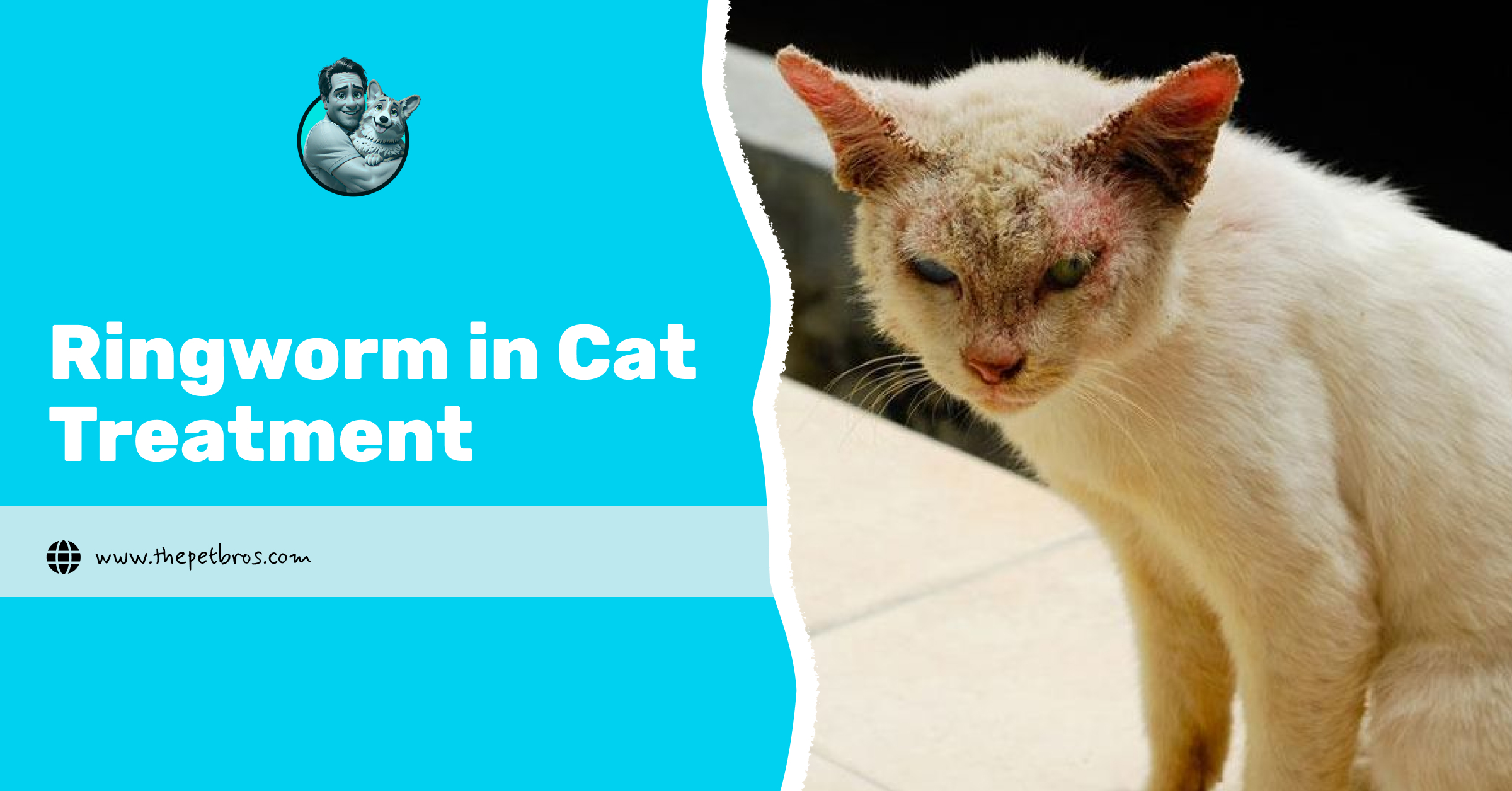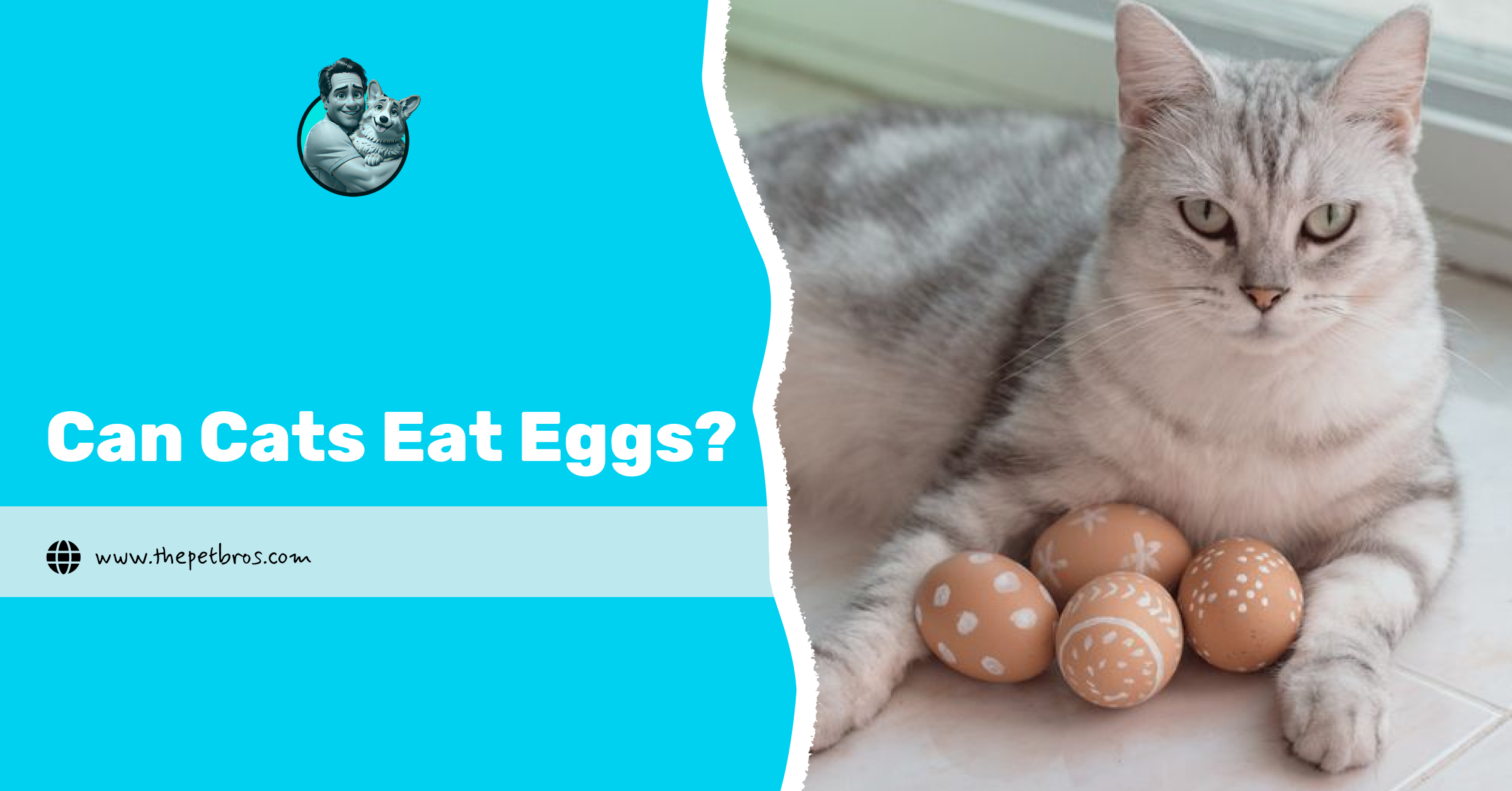Your cat may act like royalty, but the moment you cook pork, they suddenly become a hunter again, eyes wide, tail twitching, ready to pounce for a bite. But can cats eat pork without harm? Yes, but only the plain, fully cooked kind. Pork is a rich source of protein and essential nutrients like vitamin B12, zinc, and taurine, which are great for cats’ muscles and immunity. However, it’s also high in fat and salt, making regular servings a risky habit.
Fatty meats can lead to feline obesity and pancreatitis over time, which means pork should stay in the “occasional treat” category. Before you start feeding your cat pork, take a moment to learn about the benefits, risks, and the safest way to serve it.
Can Cats Eat Pork, And Is It Safe For Them?
So, can cats eat pork? Yes, but only under the right conditions. Pork can be a great source of protein, vitamin B12, and taurine (an essential amino acid for heart and muscle health). However, it’s also high in fat and salt, which makes it more of a rare treat rather than a regular part of your cat’s diet. Just like human foods that cats can eat (like chicken or plain scrambled eggs), pork can be fine in moderation, but it isn’t nutritionally ideal for cats if offered frequently. Too much fatty meat can lead to health issues like obesity or pancreatitis, which is why portion control is key.
Can Cats Eat Raw Pork?
While cooked pork can be a safe treat, raw pork should be avoided. Raw meat, including pork, may carry harmful bacteria such as Salmonella or E. coli, as well as parasites that can cause serious health issues for your cat. Unlike humans, cats have a sensitive digestive system, and raw pork is not something they can safely digest.
If you’re considering a raw food diet for your cat, it’s essential to work closely with a veterinary nutritionist who can guide you on how to implement it safely. Additionally, if your cat has been experiencing digestive upset or unusual reactions to certain foods, it may be worth considering cat allergy testing.
This can help identify whether your cat is sensitive to specific proteins or ingredients, such as those found in pork. But for now, the safest choice is always to cook pork thoroughly, ensuring that it’s boneless and free from seasoning before offering it to your cat.
How to Safely Feed Pork to Cats
Pork might be a tempting snack to share with your feline friend, but it’s not quite as simple as tossing them a piece from your plate. To ensure that your cat enjoys pork without any health risks, preparation and moderation are key. Let’s get into the how-tos of serving pork the right way!
- Choose Lean Cuts of Pork: Opt for lean cuts, such as tenderloin or loin chops. These are lower in fat and are less likely to cause digestive upset or long-term health issues. Avoid fatty cuts such as pork belly or ribs, which are too rich for your cat’s diet.
- Avoid Processed Pork: Bacon, ham, sausages, and other processed pork products are often packed with high levels of salt, preservatives, and fat, making them unsuitable for cats. These can lead to obesity, high blood pressure, and digestive problems.
- Cook Thoroughly: Ensure the pork is fully cooked to eliminate any harmful bacteria or parasites. Boiling or baking pork is the safest method for cooking. Grilling or frying can add excess fats or seasonings that aren’t good for your cat.
- Portion Control: Serve in small portions, just a few bite-sized pieces, no more than 1-2 teaspoons. Overfeeding can lead to weight gain or digestive issues, such as bloating. Remember, pork should be a rare treat, not a daily snack.
- Cut into Small Chunks: To prevent choking hazards, cut the cooked pork into small, manageable chunks. This also makes it easier for your cat to digest.
- Stick to the 10% Treat Rule: No more than 10% of your cat’s daily calories should come from treats like pork. The remaining 90% should come from their balanced, nutritionally complete meals.
Now, What Healthier Alternatives to Pork Do You Have?
So, can cats eat pork? Yes, but only in moderation and under the right conditions. While pork is a good source of protein and essential nutrients like vitamin B12 and zinc, it’s also high in fat and salt, which makes it more of an occasional treat than a regular part of your cat’s diet.
Always ensure that the pork is lean, fully cooked, and unseasoned, and never offer raw pork or processed meats like bacon or ham. If you’re ever unsure, it’s a good idea to consult your vet, especially if you’re introducing new foods or considering a homemade diet. When done correctly, pork can be a safe and tasty addition to your cat’s diet, but balance and moderation are essential for maintaining their health.
Can Cats Eat Pork FAQs
Why is there no pork in cat food?
Pork is high in fat and salt, and often costs more to include in balanced formulas.
Is it okay to feed my cat pork?
Occasionally, yes, but stick to lean, cooked pieces without any seasoning.
Is chicken or pork better for cats?
Chicken is generally healthier and easier to digest due to its lower fat content.
.






